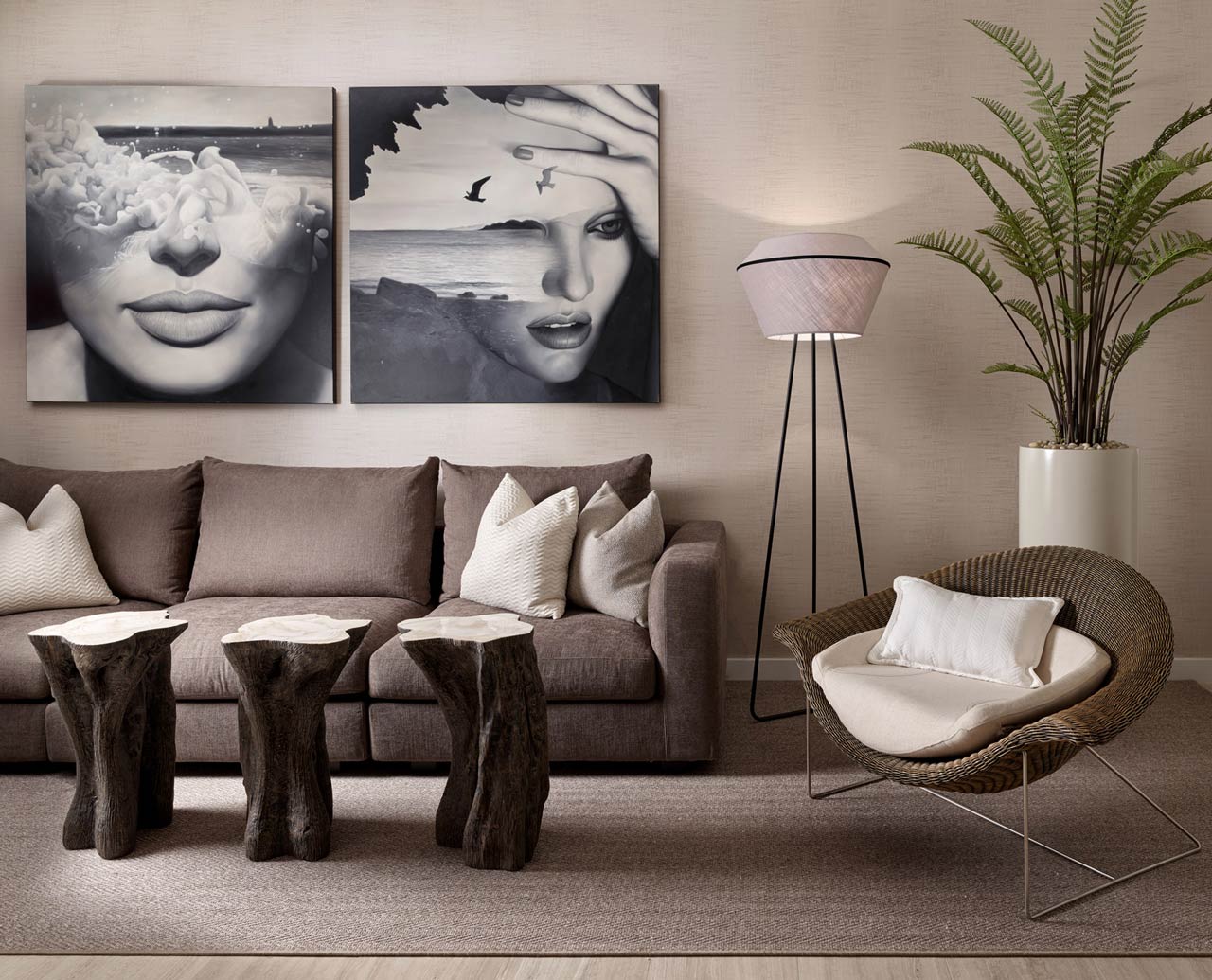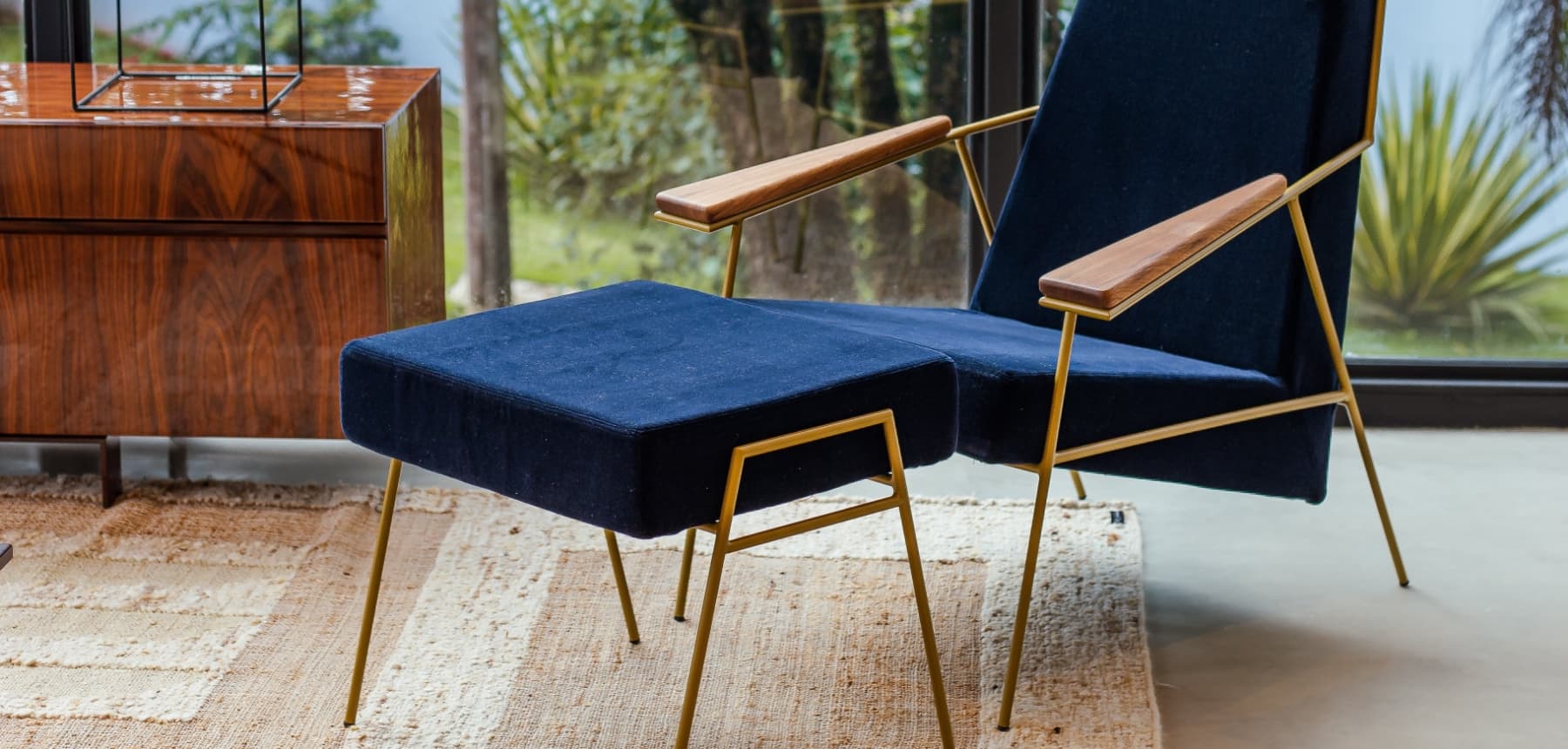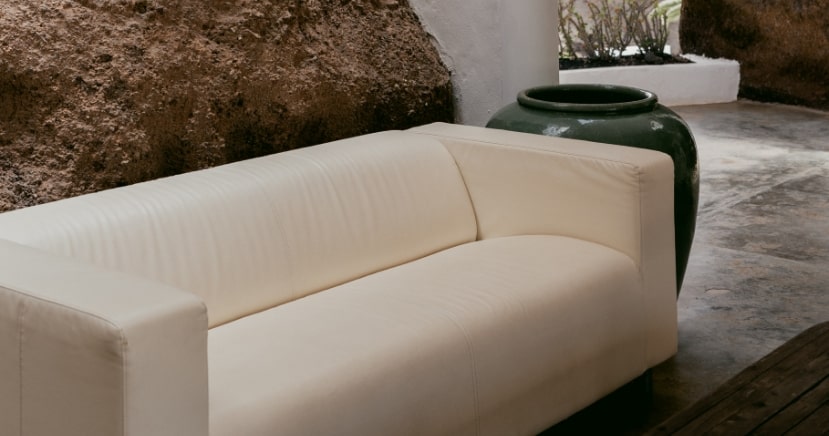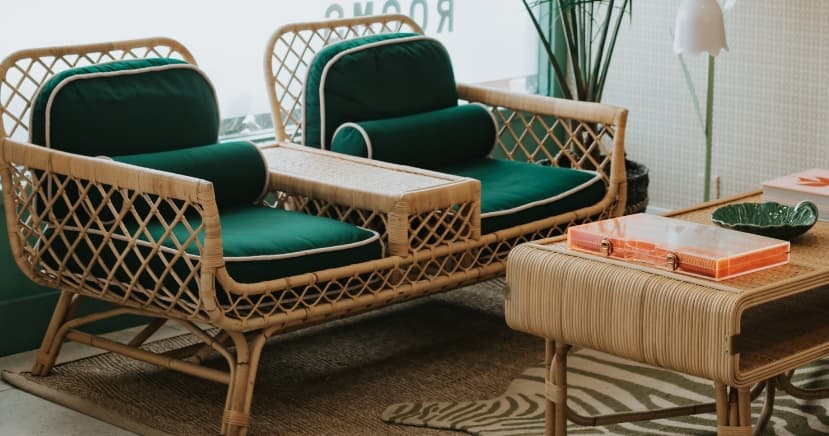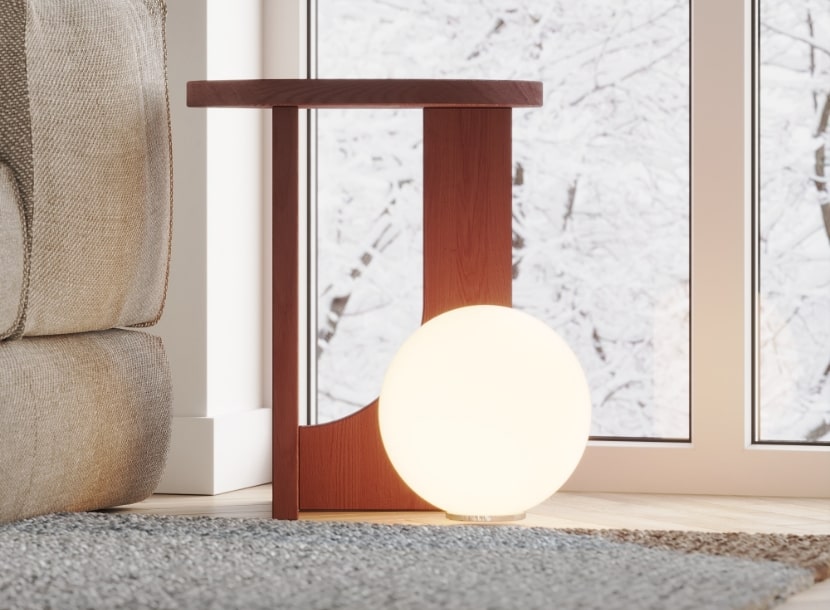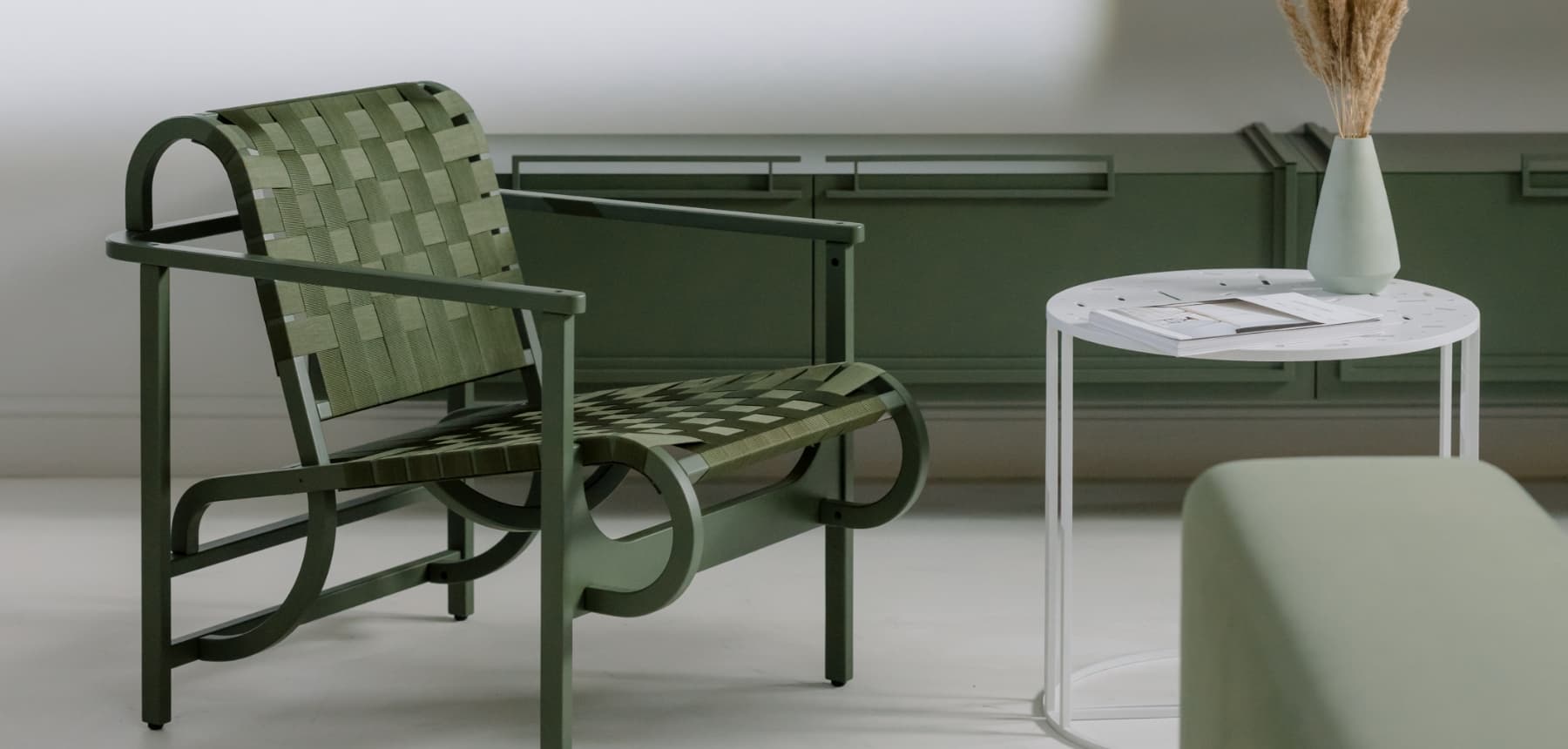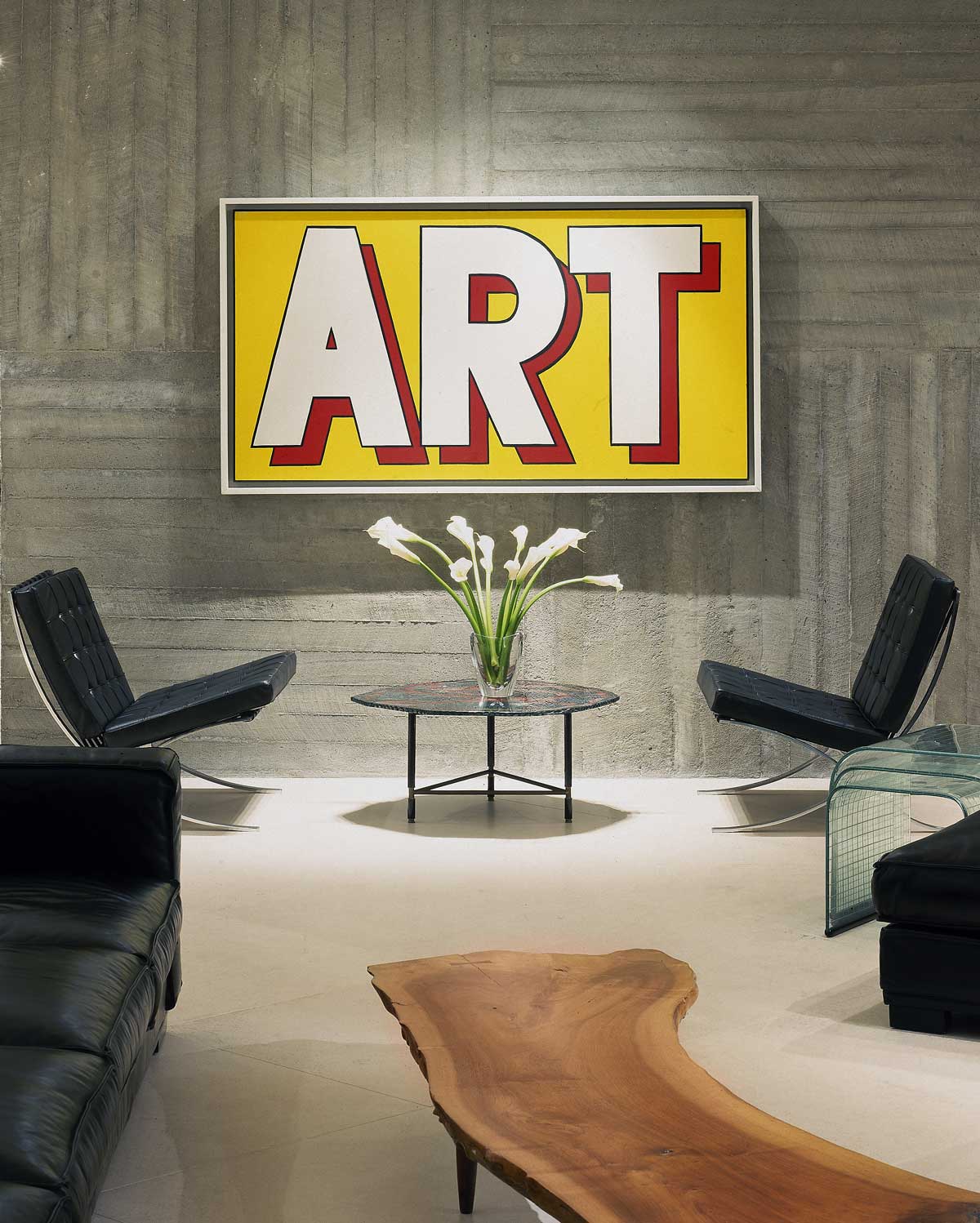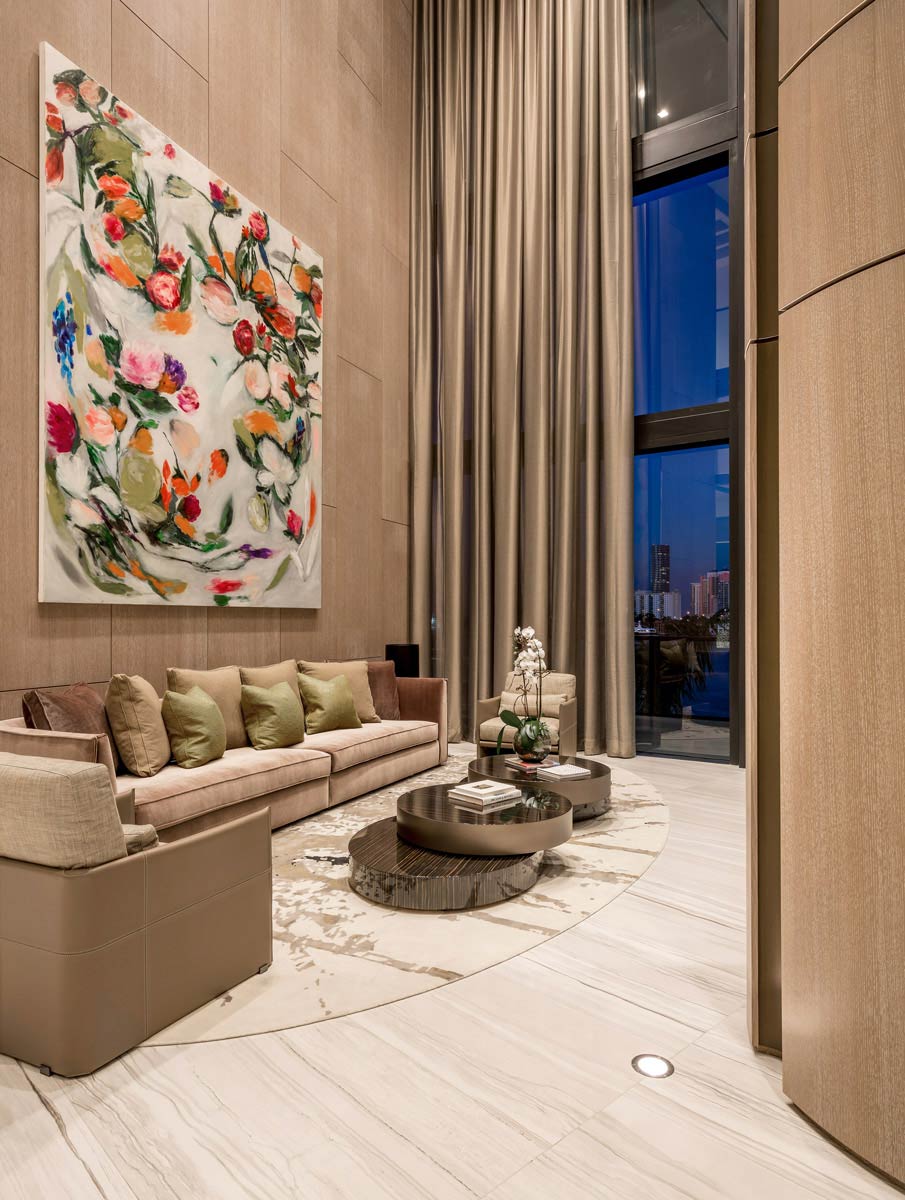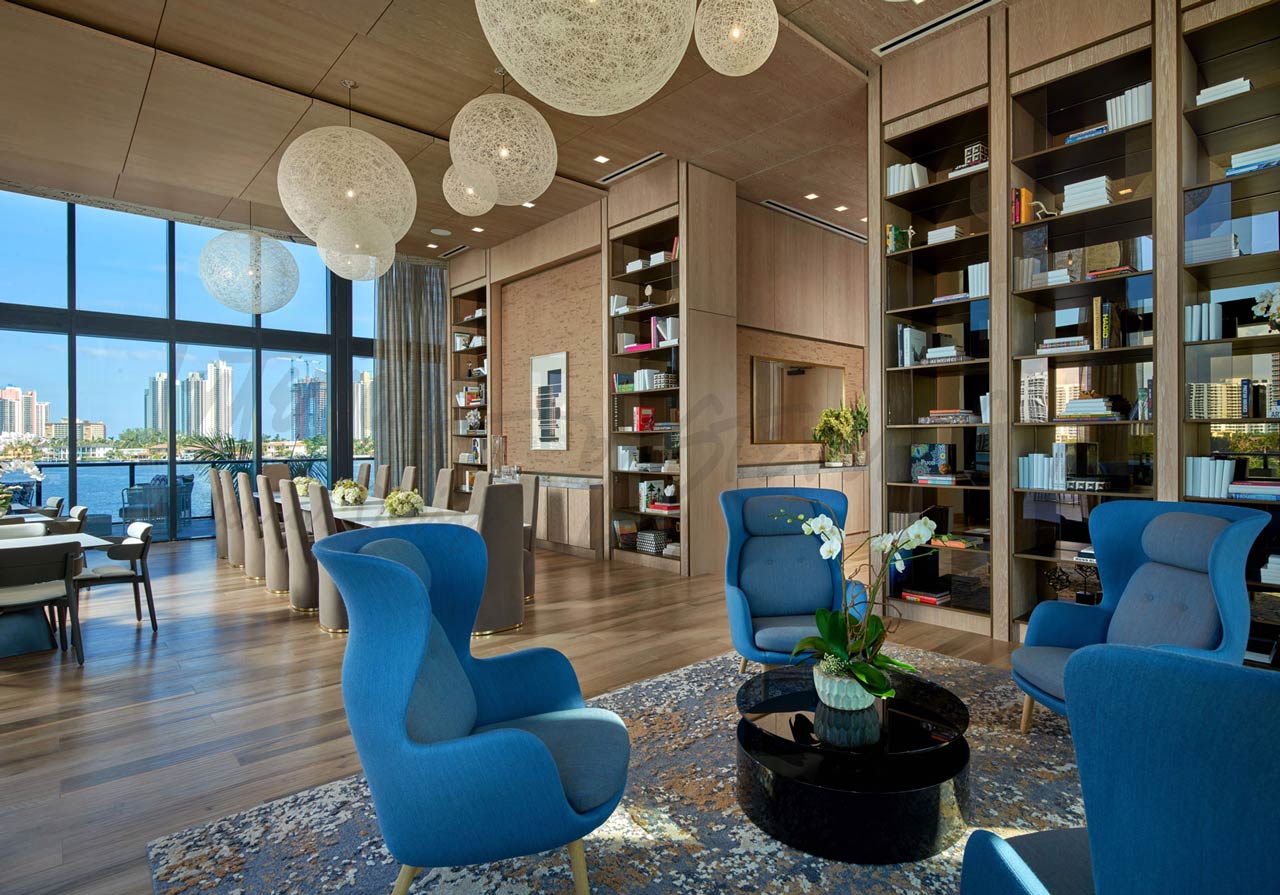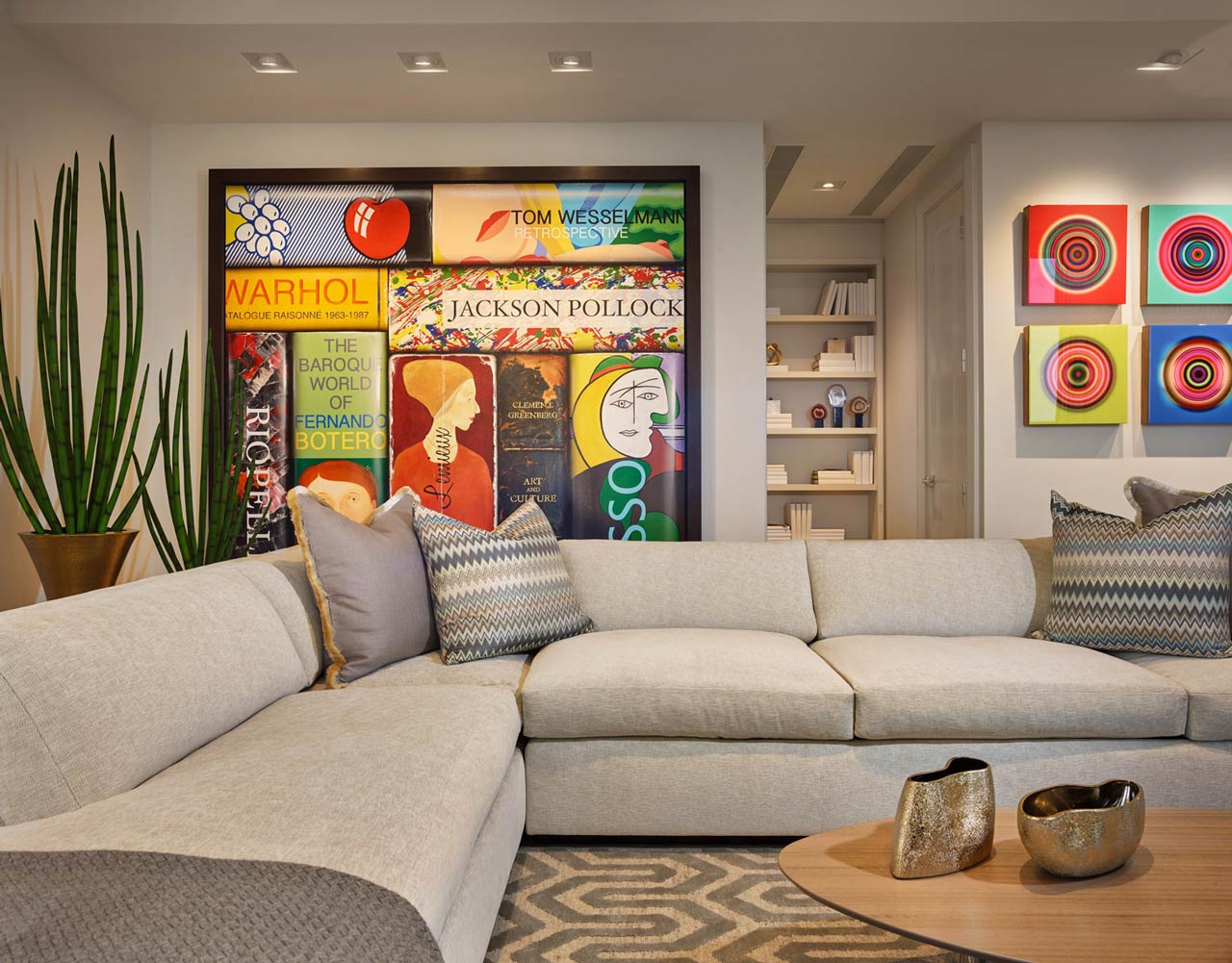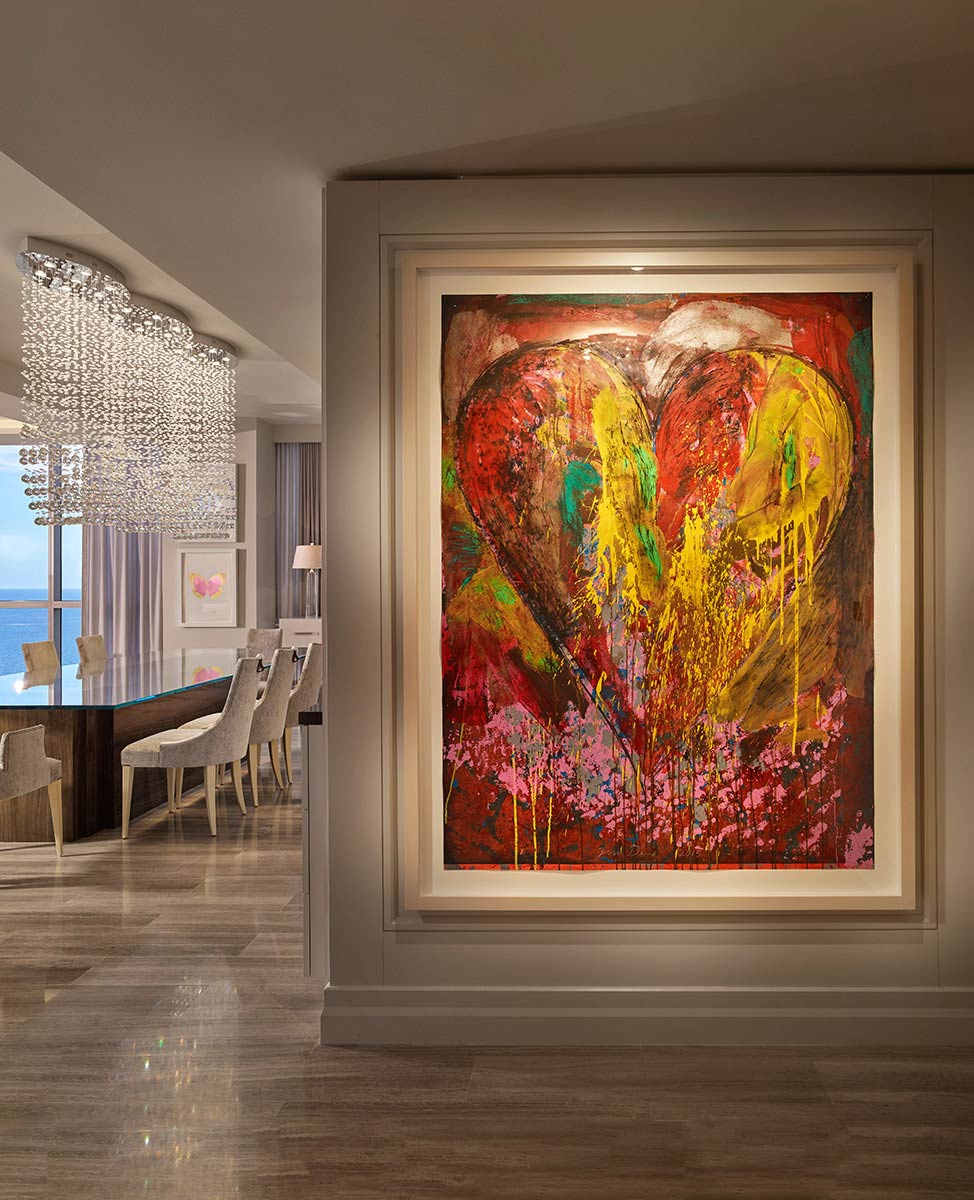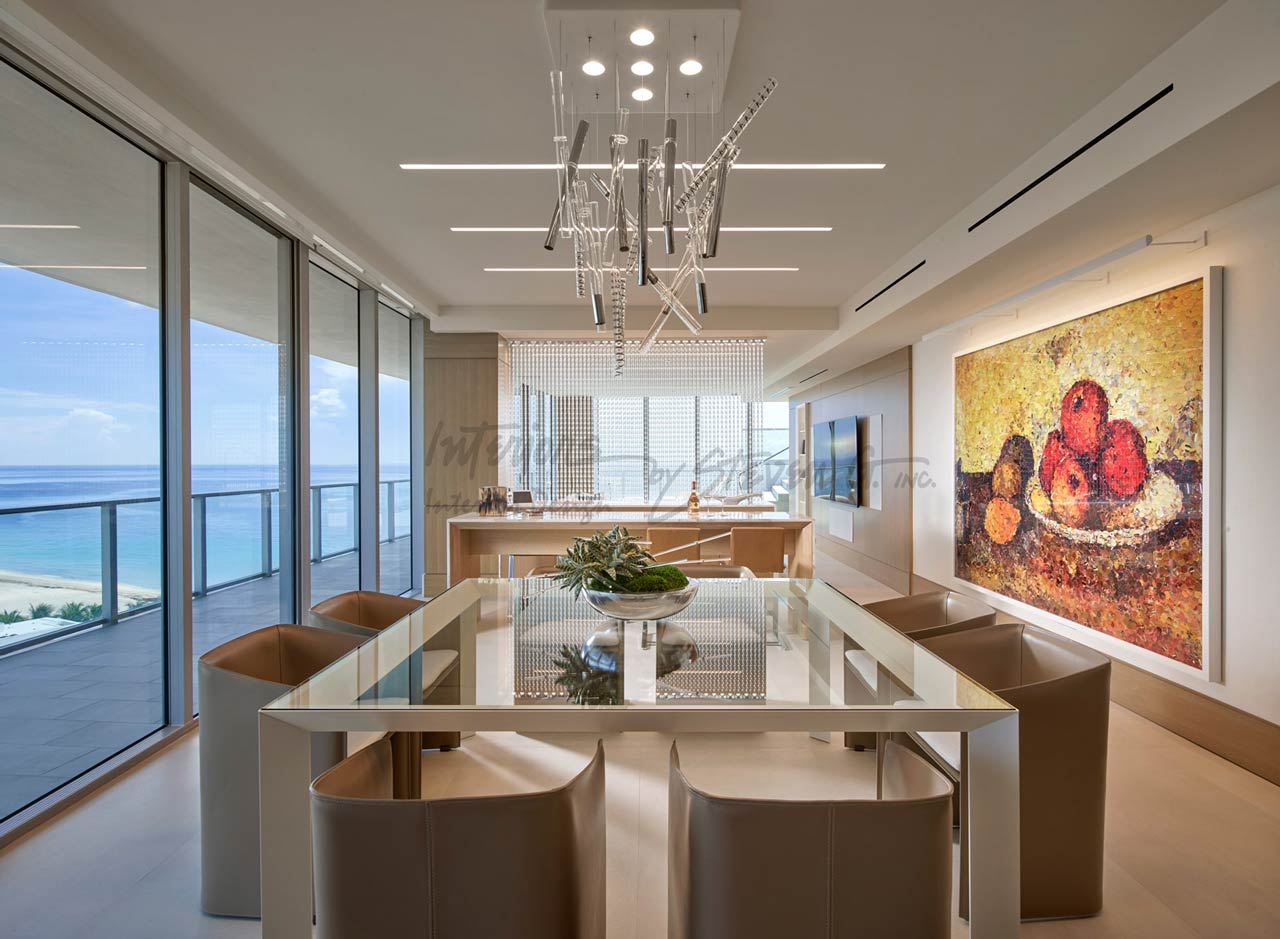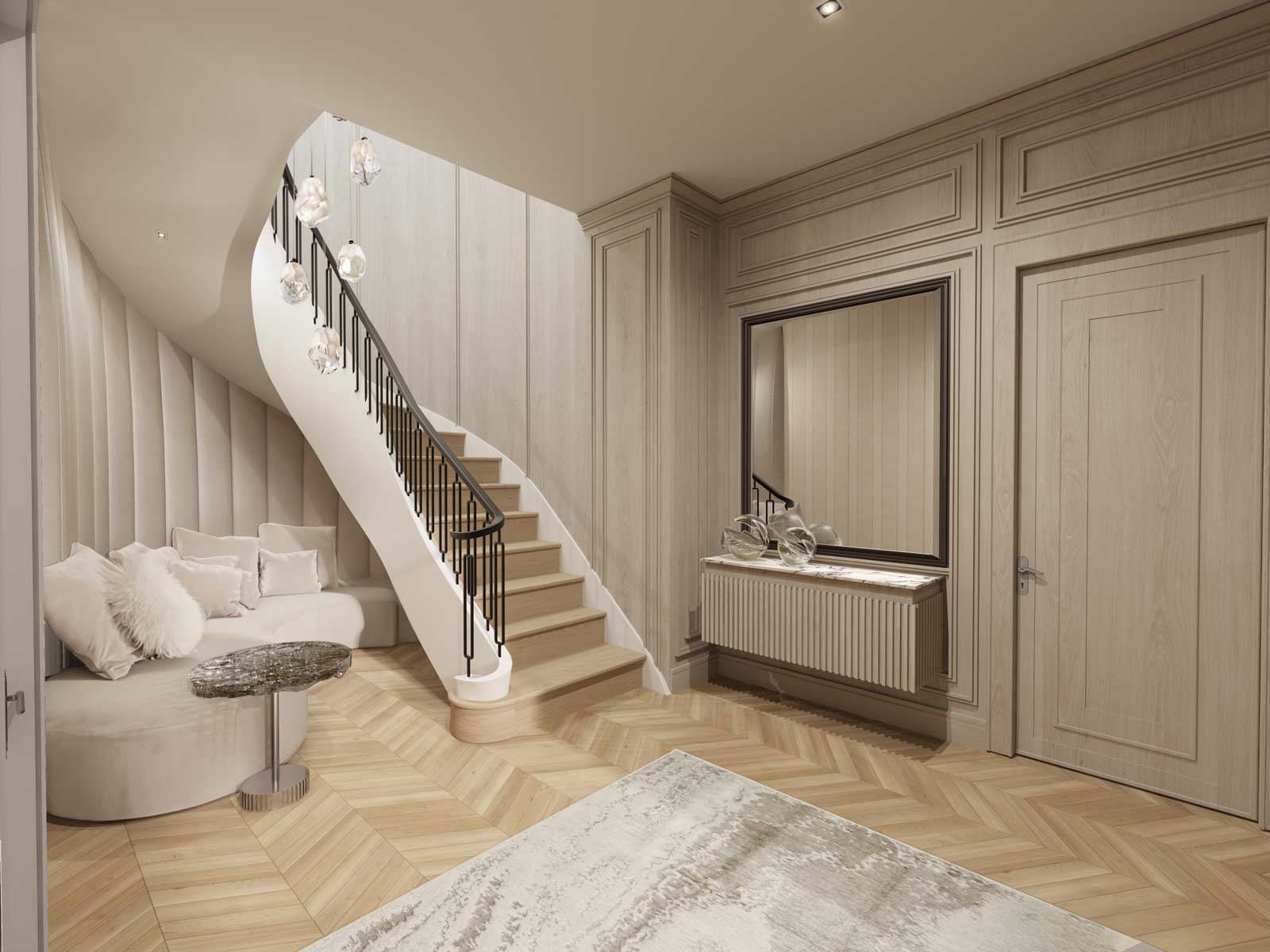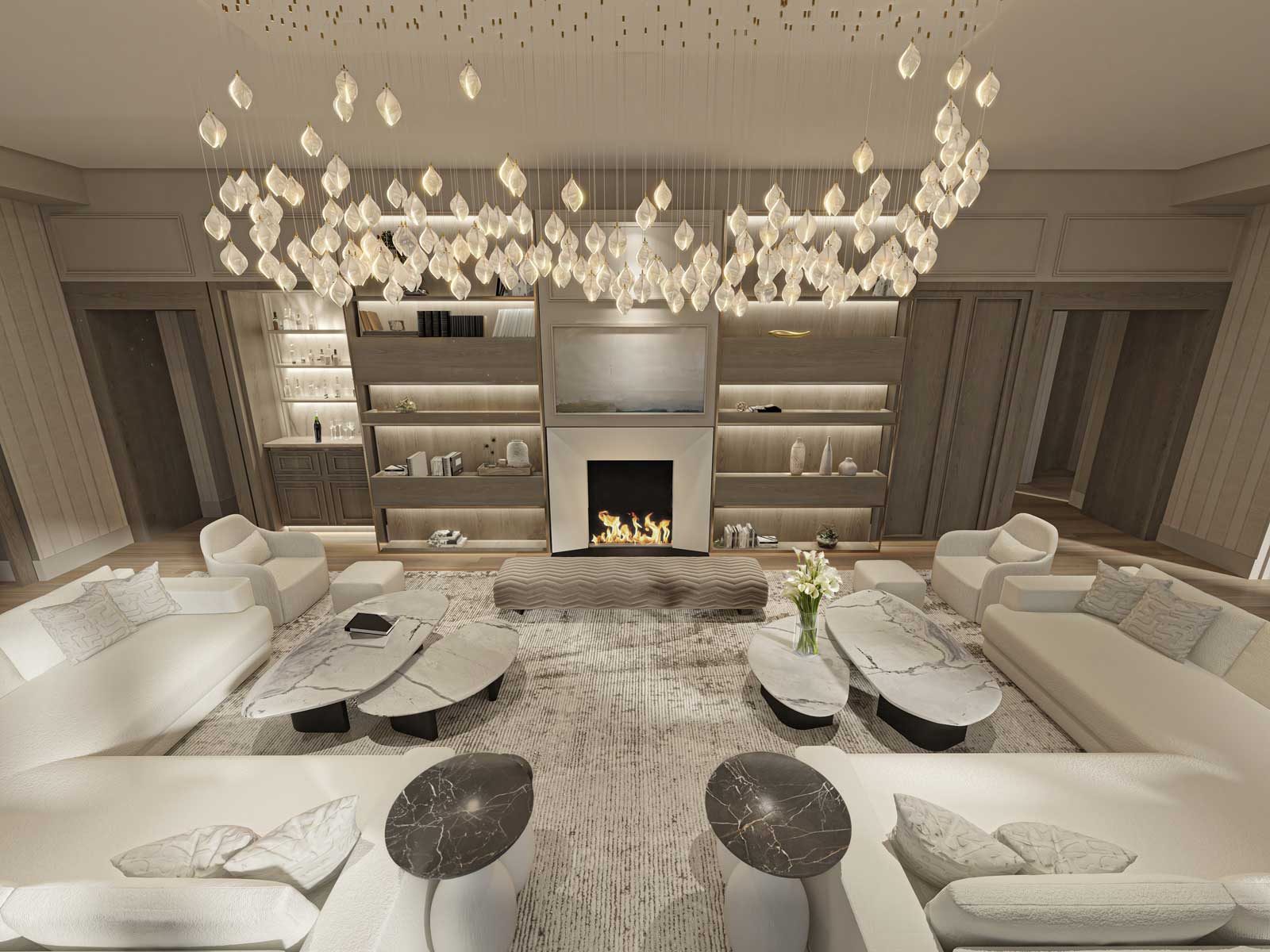Inspiration comes from all different colors, materials and places, but today we show respect to the legends of the interior design industry.
Today I am going to share with you three interior design icons. These are some of the most influential masters of the 20th century. Every design lover should know the founders of interior design.
Sister Parish
Well-heeled, well-connected Dorothy May Kinnicutt (the childhood nickname “Sister” eventually replaced her given name) was born in 1910 to parents with homes in Manhattan, New Jersey, Maine, and Paris.
When in the Wall Street crash of 1929 her fortunes took hits, she opened her own interior design shop in Far Hills, New Jersey. Her style was based off of the unique antiques her father had collected such as heavy, dark, brown furniture. She loved, glazed chintz, quilts, hooked rugs, and overstuffed armchairs instead of formal antiques. Parish is credited with popularizing that American country aesthetic in the 1960s.
Her designs were romantic, warm, and elegant, but her tactics were precise and exacting. She would walk around a client’s room and edit out any unnecessary home ware. Parish’s relationship with fellow designer Albert Hadley lasted 30-plus years. They were widely considered one of the most successful partnerships in the world of interiors.
Dorothy Draper
Boldly colorful, elegant, cheerful, and full of life: Dorothy Draper’s image includes bold color, elegance, cheer, and design full of life. For a true source of Draper’s decorating style check out her book Decorating Is Fun!
Draper was Sister Parish’s cousin, so design really did stay in the family. Draper opened what is arguably the first official interior design business, Architectural Clearing House, in 1925. She extended her elegant “modern Baroque” style to many public buildings, including the cafeteria at New York’s Metropolitan Museum of Art, the Fairmont and Mark Hopkins hotels in San Francisco, and, most famously, a total redesign of the Greenbrier in West Virginia. Her style can go many ways. Sometimes she used a limited color palette of classic black and white, while others showcase a frenzy of pinks with greens, turquoise, and orange.
Draper protégé Carleton Varney may have said it best of the decorating legend: “Dorothy Draper was to decorating what Chanel was to fashion.”
Jean-Michel Frank
In the 1930s, Jean-Michel Frank, of Paris, was the most celebrated decorator and designer of the era. His projects were often to decorate rooms with Picassos hanging on the walls. He decorated for the elites around the world.
Frank’s known as a minimalist, but it’s his layer of maximalism that makes his work so interesting and complex. The furniture he designed was understated and restrained in shapes but often dressed them in luxurious materials. Some of these materials include ornate mica screens, bronze doors, lamps made of quartz, as well as the shagreen-covered vanity and cubic sheepskin club chair he created for Hermès.
Frank was credited with designing one of the most iconic minimalist pieces of furniture in history—the Parsons table—but would often cover the tables with the most luxe finishes.
Frank’s work is still celebrated in museums today, and you can buy reproductions of some of his most iconic furniture pieces designed for Hermès.













